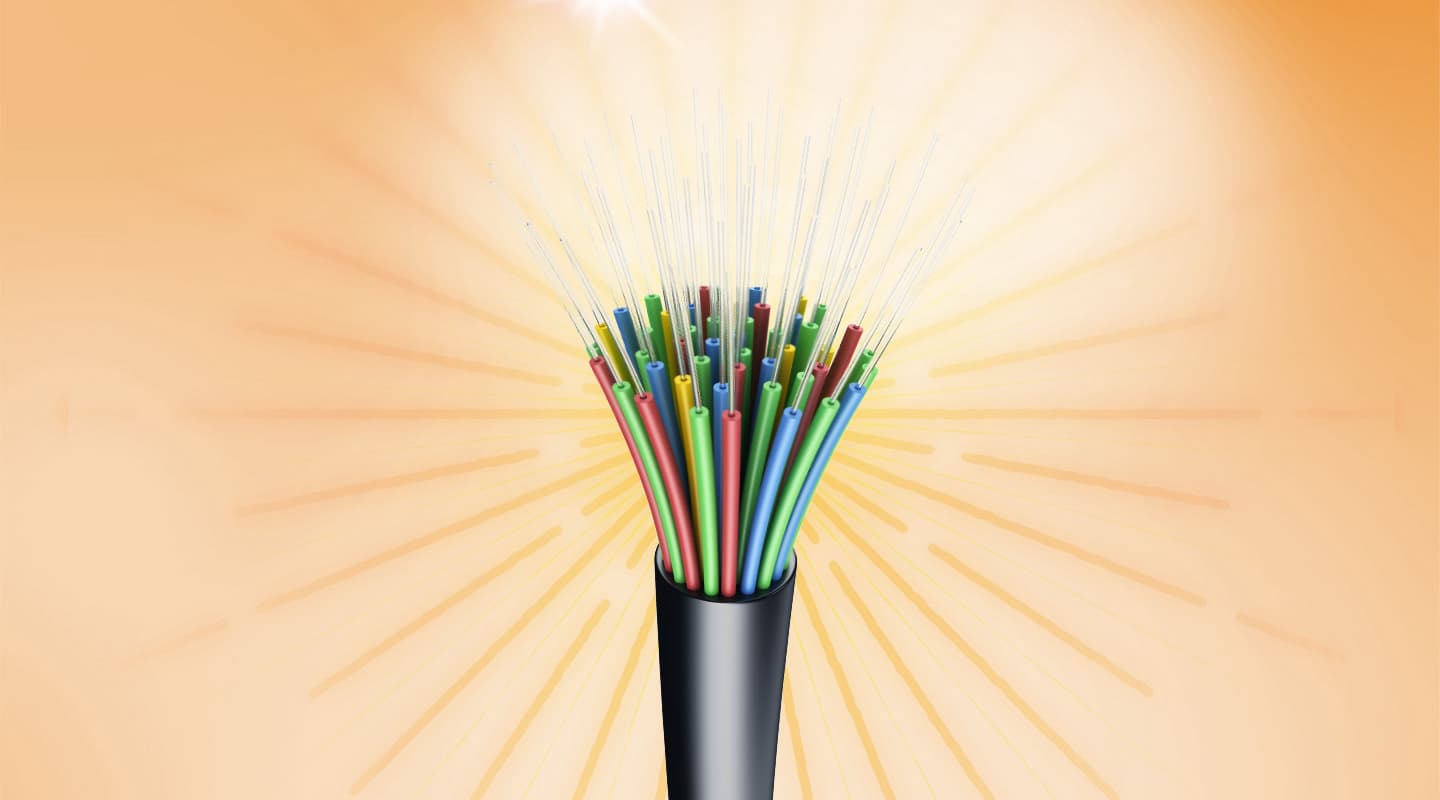
High Fibre
Fibreoptic cable’s advantages are manifest. So why does Cat rule the roost? Derek Powell wonders if it’s now the time to ‘pull the other one’.
Text:/ Derek Powell
I was excited when fibre transmission of video and audio first became a possibility for audiovisual installations. Though it’s more than a decade ago, I recall thinking how wonderful it would be to have unlimited bandwidth for uncompressed signals and to lose all the problems of distance limitations, electrical interference, earth loops and more.
Then I found out that fibre was fragile, difficult to work with and everything about it was expensive. And this has been my enduring impression of fibre… for years! So I stuck with Cat cable even through all the problems and issues and seemingly never ending upgrades from Cat5 to Cat6, to Cat6a and more. Now (like many others in the AV game) I’m finding out that everything I ‘knew’ about fibre being fragile; impossible for mere mortals to terminate; and as dear as poison; is now out of date!
That just leaves the good parts — like plenty of bandwidth (even for 4K with room to go 8K); clean signals and the ability to go as far as we want with digital signals. So it’s time to take a fresh look at the state of the art in fibre. We’ll talk to a new crop of ‘fibre evangelists’ and check back to get some real-world experiences from people who’ve taken the plunge and gone with glass in a big way.
CASE FOR FIBRE?
Fibre does get used — a lot. But up until now, the key driver has been distance. With fibre, you can go kilometres, not just a hundred metres. So wherever long distances are involved — stadiums, big entertainment venues and all sorts of telecommunications — glass can’t be beaten. Until now, that single factor has been front and centre in marketing fibreoptic products. Take a trawl through the catalogues of the ‘big three’ audiovisual manufacturers and phrases like ‘long haul transmission’ and ‘long-distance solutions’ are front and centre in most fibre product descriptions. Optical transmission will take you where copper won’t and that alone seemingly justifies any price premium. That isn’t the only advantage, though. Security, electrical isolation and freedom from interference are key advantages that glass continues to boast over Category cable.
REFERENCES
ZeeVee: www.zeevee.com
Cleerline: www.cleerlinefiber.com
MCEC: www.mcec.com.au
AMX: avt.tech
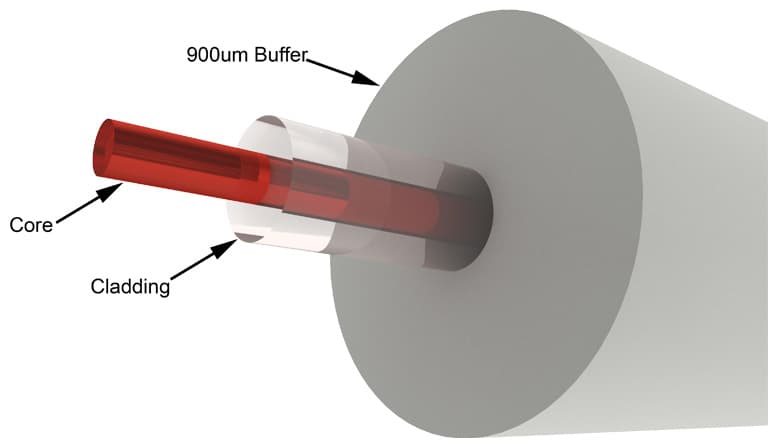
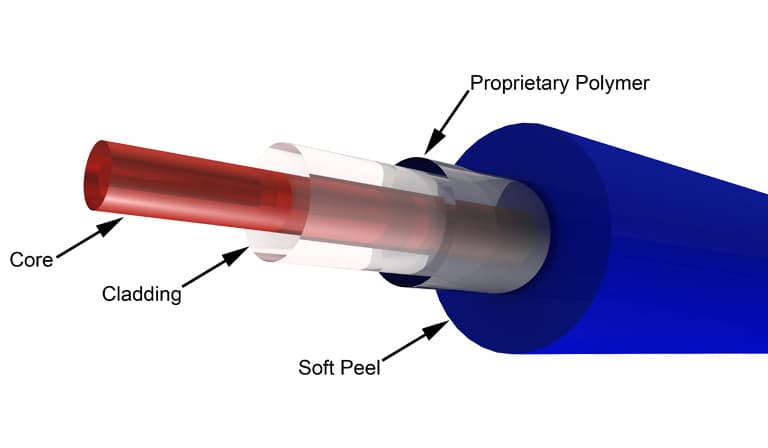
Cleerline (the blue cable) has rethought fibre to make it more flexible and easier to work with.
BANDWIDTH: CAT OUT OF THE BAG
What about the vast majority of applications that aren’t in a stadium or on a defence base? The emerging key advantage of fibreoptic is one that it’s always had: bandwidth. This is where fibre shines compared with the category experience. While copper-based category cable (unshielded twisted pair or UTP for short) has made remarkable strides in accommodating higher bandwidth requirements over the past 15 years or so, it has done so by re-engineering the structure of the cable and creating a succession of new types.
Most people would have had their first experience with Cat5 cable, which gave way to Cat5e, Cat6, Cat6a, Cat7 and now on the horizon is Cat8. Upgrading a UTP-based data or video distribution system to higher bandwidth has meant stripping out old Cat5-based cables and installing new Cat6 or better cables to cater for higher resolution and higher data rates. By contrast, fibre-based infrastructure can use the inherent bandwidth in the existing cables to handle upgrades by simply changing the endpoints and the terminal and switching equipment. Today, the fibres themselves have the capacity to soar past even proposed 8k video resolutions and 40 to 100 Gigabit data rates. So far, even the proposed Cat8 copper cable is only being considered for up to 40 Gigabit and then for distances under 30 metres.
TAPPING REAL WORLD FIBRE EXPERIENCE
So do the advantages of fibre make a difference in the real world of everyday audiovisual applications? For a spin-free assessment, we checked in with Michael Walker, infrastructure and equipment manager for technical services at the Melbourne Convention and Exhibition Centre (MCEC). Starting in 2013, MCEC upgraded its backbone video distribution systems from Cat6a to fibre, using AMX Enova DGX digital media matrix switchers with fibre input and output cards.
“The fixed installation services, typical of the ones we provide in our meeting spaces are definitely best served by fibreoptic infrastructure,” Michael declared. “Fibre cables are flexible, you’re able to move them about within the roof, you’re able to upgrade right through to 8K purely by changing your endpoints and motherboards around, so you are only in the walls once.”
PIXEL PERFECT
However, MCEC’s Michael Walker was also keen to highlight fibre’s other strong points, like its relative immunity to interference. He noted that shielding can be a real weakness of Cat6a cable. “All it took was a badly connected shield on one patch point to suddenly open the entire cable to interference,” Walker explained. “With HDBaseT, as soon as you get RF interference on the cable, you immediately lose signal – it’s switched off as soon as you get interference. So one of the key reasons we went to fibre is because we’re a very heavy RF environment, and one loose piece of shield suddenly created a high level of risk that we would lose image to the main display.”
Michael is also very positive about the benefits of fibre for MCEC clients. “We heavily target technology events and the big technology users,” he told AV Asia Pacific. “For clients like Cisco or Microsoft, a pixel perfect image reproduction on the screen is critical to showcasing their product in our venue. Now, when we are able to offer full bandwidth uncompressed video in real-time over fibre, that’s a massive selling point”.
MANUFACTURER’S PERSPECTIVE
ZeeVee manufactures a wide range of video distribution platforms that aim to deliver high quality HD to Ultra HD content across any network — coax, fibre, and CatX. Despite his products supporting such a wide variety of infrastructure types, Bob Michaels, CEO of ZeeVee, has strongly held views on the benefits of fibre.
“Historically our core products were built on RF networks using coax,” Bob explained. “So when we looked into moving into the IP realm, we wanted something that would address distance requirements because many of our customers want video to travel more than 100 metres. So fibre was a solution we looked at initially.”
Even though ZeeVee offers products that very effectively utilise copper infrastructure, Bob pointed out that bandwidth and distance limitations still continue to come to the fore in real-world installations. “We go to places now where they’ve got Cat5 infrastructure and they want to move to 4k,” he said. “We let them know they can’t move to 4k unless they move to Cat 6a, and even then we can only promise 100 metres. But what if they have a university campus? Why do you want to run fibre between the buildings and not run fibre within the buildings?”
In Bob Michael’s experience, the reason is more than a fear of the unknown, but a significant dose of complacency. “This is the kind of thing I hear: people say, ‘I’ve been in the AV business 45 years and I’ve used Cat cable throughout that time, so this is what I’m going to use… and boy it is difficult to terminate fibre’.”
“”
Security, electrical isolation and freedom from interference are key advantages that glass continues to boast over Category cable.
SO WHAT’S THE PROBLEM WITH FIBRE?
Most people have the same reasons for avoiding fibre. The prevailing view is that fibre is fragile; demanding and even dangerous to terminate or splice; and fiendishly expensive. That was true five years ago. Now, there are new players in the fibre interconnection market and things are very different.
Bob Michaels introduced me to Robert D’Addario, who is managing director of Cleerline, and a powerful evangelist for a new breed of fibre products. “Six or seven years ago,” D’Addario recalled, “we looked at fibre as a medium for the next generation of connectivity, in particular because nobody was really tackling the major hurdles our customers were encountering, namely the danger in connecting it, the difficulty in terminating it, and the fragility of the glass while installing it. And we really solved all those issues.”
MECHANICALLY MINDED
Robert’s Cleerline fibres, now available in Australia, take a different approach from the earlier methods of fibre termination such as fusion splicing and epoxy polish. His terminating system is a new variation on the much simpler mechanical splicing methodology which is achieving widespread acceptance in the market.
“A mechanical splice is, essentially, about mechanically butting up two pieces of fibre within a V groove channel, with some index matching gel,” he explained. “In a mechanical connector, a piece of fibre goes from the ferrule and pre-polished end to the middle of the connector. There is an opening in the back where you put a cleaved fibre. Affix and terminate the fibre and you’re done. So it becomes a much simpler process.”
Mechanical splicing is not the preferred way of terminating fibre in every application and Cleerline products can accommodate other techniques. In telecommunications cables, for example, where even fractions of a dB count, other methods like epoxy/crimp connectors and fusion splicing are still used. However, Robert points out that audiovisual interconnects typically have a much higher ‘link budget’, meaning that the losses in the termination don’t become a significant factor. He’s not shy in pointing out the upside of his system. “Our fibre is 200 times more durable,” he told AV Asia Pacific. “We’ve simplified the ways of terminating it to the point where we’ve reduced the steps by 50%. We don’t offer training; we offer instructional videos — that’s how simple it has become.”
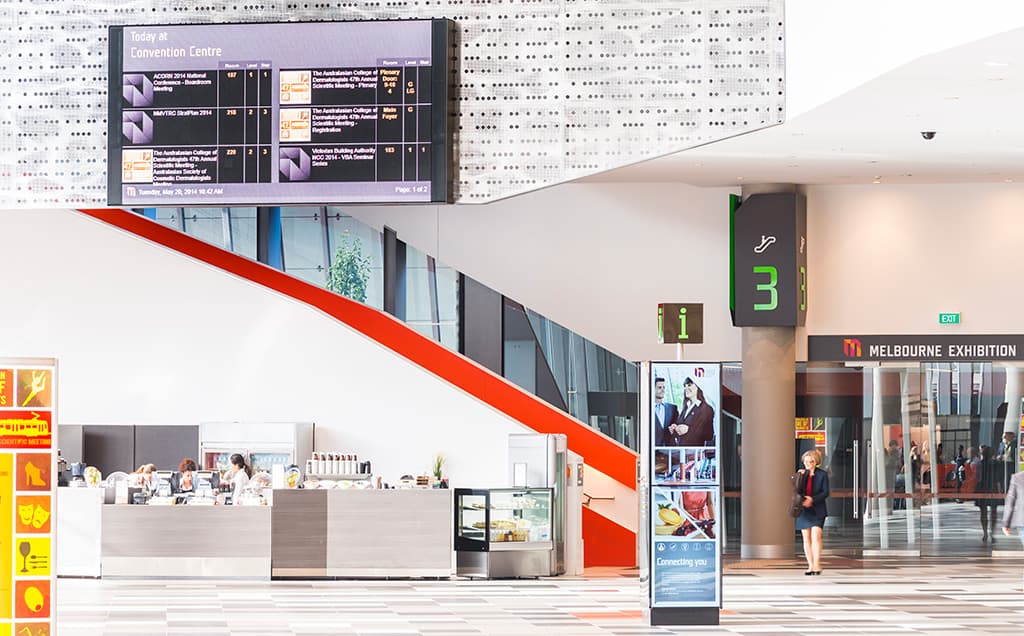
AROUND THE TWIST
It is staggering to see how these fibres can literally be tied in a knot – and still pass pristine video. There’s some real science behind this new fibre construction as Robert explained: “We incorporate a polymer in the glass itself that eliminates the need to ever get down to bare glass,” he revealed. “When you get down to bare glass, that’s when it’s the most fragile; the most sensitive to the elements, to humidity, dust and oils. That’s why, despite the sophistication even within a mechanical splice style connector, you still have to be very precise. But our fibre is always coated, it’s always protected, and you don’t have to worry about it. So it won’t puncture soft tissue, it’s much easier to install, and it will actually take a bend, with this polymer coating, of 2.2mm and maintain a 30-year life expectancy.”
FIBRE REGULARITY
Mechanical splicing methods, such as the one Cleerline uses, are certainly making an impact. Although prices vary widely, two of the ‘big three’ already offer mechanical splicing kits for their fibre products and many contractors have already upgraded their skill sets to embrace the new techniques.
While MCEC doesn’t use Cleerline fibres in its infrastructure, Michael Walker is definite about the cost advantages presented by mechanical splicing in the wider sense. “The improvement in fibre terminations has actually been a massive game changer,” he says. “Mechanical splicing has taken over from fusion splicing – which is what I was anticipating. For me, that’s gone a long way to removing the final vestiges of residual risk we were taking in moving to a full fibre deployment. Now, our on-going maintenance and repair risk has just faded to less than or equal to copper infrastructure.”
“To go with fibre really is a no brainer,” Michael continued. “The difference in price these days between glass and copper is insignificant when you consider the labour cost of going in behind the walls. If you drop fibre to every point, your bandwidth requirements are managed far into the future.”
With such strong endorsement from manufacturers and end users, perhaps it’s time we all took a fresh look at this revitalised technology.
Further reading:
Search ‘MCEC Fibre’ on avapac.net for Andy Ciddor’s full story regarding MCEC’s fibre upgrade.

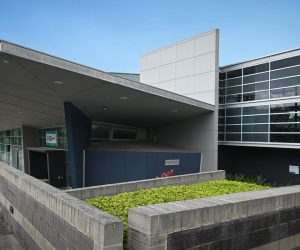


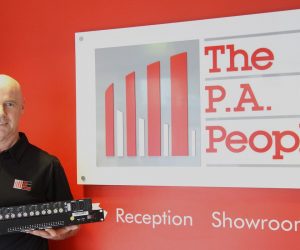

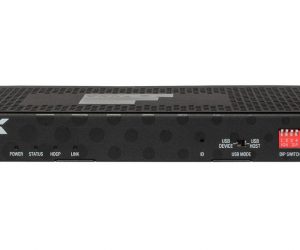
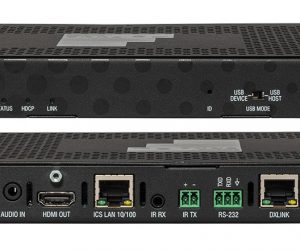
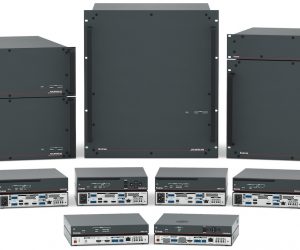
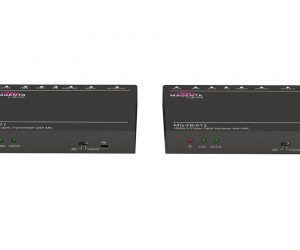

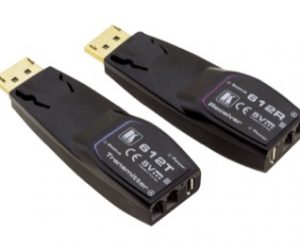
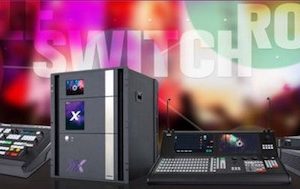


RESPONSES